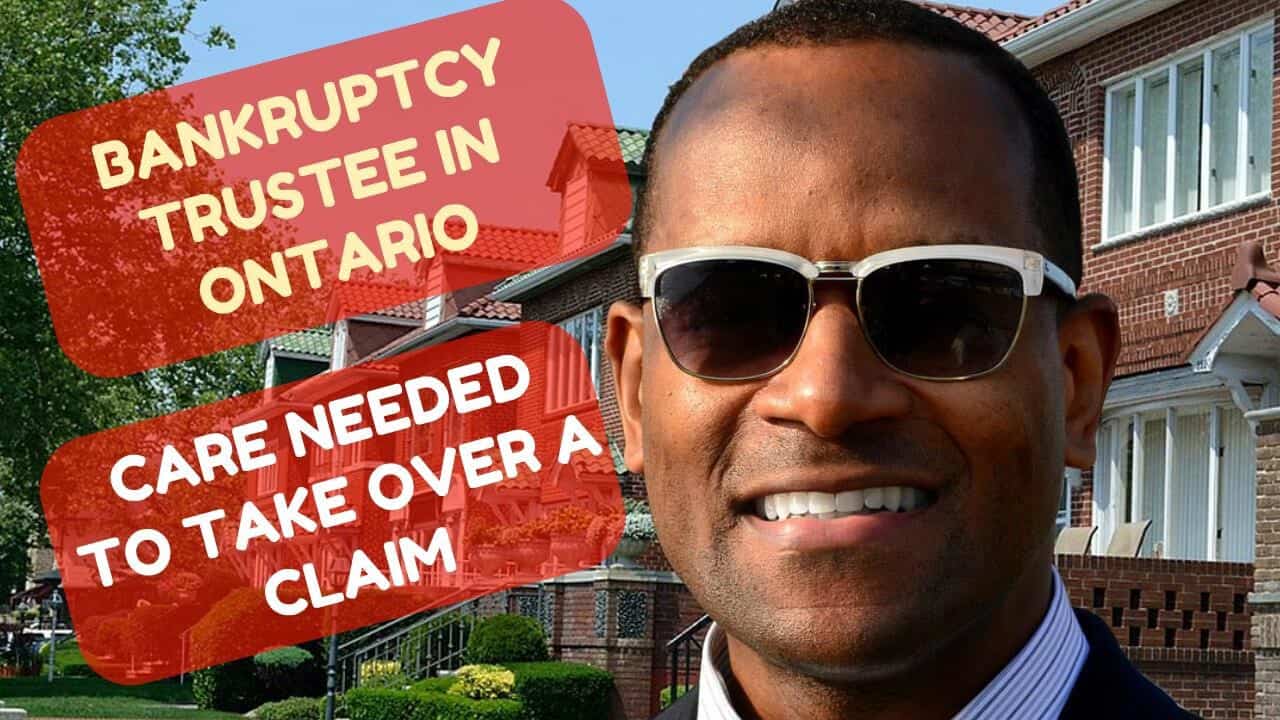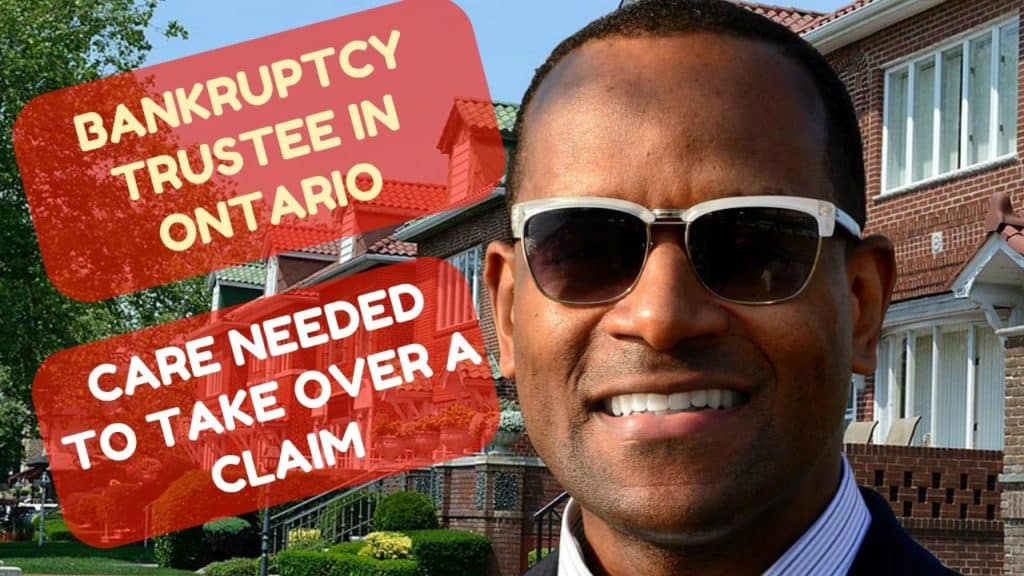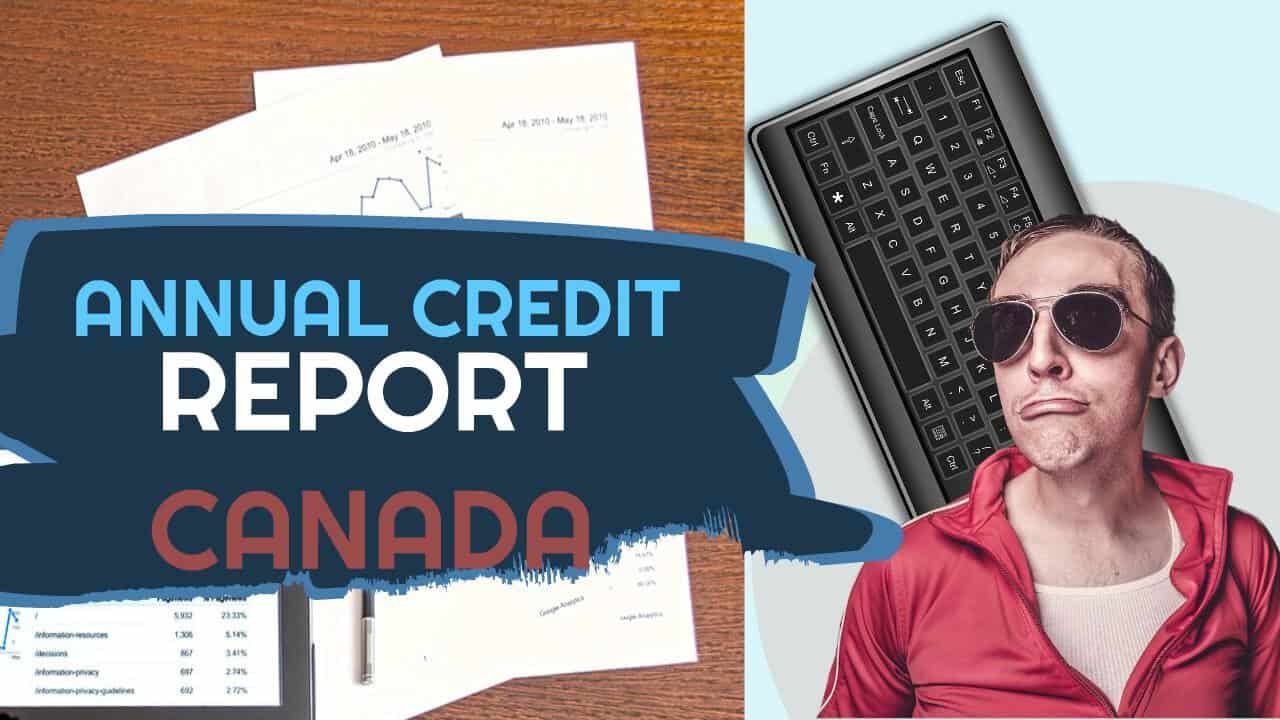 If you would prefer to listen to an audio version of this Brandon’s Blog, please scroll to the bottom and click on the podcast
If you would prefer to listen to an audio version of this Brandon’s Blog, please scroll to the bottom and click on the podcast
What is a consumer proposal?
I have written Brandon’s Blogs before on the topic of consumer proposals. Recently, I have heard some people refer to them as “consumers proposal”. Placing the “s” on the wrong word. So, I thought it would be good for me to write a refresher blog on the most asked questions when it comes to a consumer proposal. A consumer proposal Canada faq Brandon’s Blog.
In summary, a consumer proposal is a structured process under the Bankruptcy and Insolvency Act (R.S.C., 1985, c. B-3) (BIA). This procedure allows insolvent individuals to make an official deal with the people and companies they owe money to. This government accepted debt negotiation plan allows you to pay back only a portion of what you owe. You can take as long as 5 years of regular month-to-month repayments to do so.
When is a consumer proposal appropriate?
To be able to take advantage of this government-sanctioned debt settlement plan, you need to be insolvent and owe $250,000 or less to all your creditors. This dollar limit is apart from any financial debts secured by registration against your personal residence.
It is appropriate for anyone who:
- has full-time employment;
- can make their household budget allow them to make the required monthly payment you promised to make towards your debts; and
- wants to avoid bankruptcy
What happens when you file a consumer proposal?
Under the BIA, a licensed insolvency trustee (formerly called a bankruptcy trustee) (LIT) administers the consumers’ proposal.
The LIT will submit the necessary documents with the Office of the Superintendent of Bankruptcy (OSB). As soon as it is filed, you stop paying your unsecured creditors as of the date of your filing. You also will have stopped paying any secured creditors where you decided that you couldn’t afford to keep the secured asset(s) that you already returned.
On top of that, if your creditors are suing you, then your filing stops those legal actions If certain creditors already have a judgment against you and are garnisheeing your assets or your income, those actions are also stopped. This is called a stay of proceedings.
The LIT will send the proposal to your creditors. The proposal will include a listing of your assets and liabilities. It will also tell the creditors the reasons for your money difficulties.
Creditors then have 45 days to either accept or decline the proposal. They can do this either before or at the meeting of creditors if one is held.
When is a meeting of creditors held?
In order for consumers proposal to be approved, a simple majority of your creditors by dollar value that has actually filed a proof of claim need to authorize it. If creditors that have actually filed a proof of claim pick not to vote, that is considered a vote in favour.
You may not require to have a meeting of creditors. Unless creditors holding 25% in the dollar amount of the claims submitted ask for one, or the OSB requests it, there is no requirement to hold one. If a meeting is not requested, the proposal is deemed to be accepted by the creditors.
There is not a whole lot to understand. As I mentioned, a simple majority by dollar value tells the tale. There is either a majority to accept or refuse your consumers proposal.
If your proposal is accepted, the OSB, or any other interested party, has 15 days to ask the LIT to put it on the Court list to have the proposal examined by the Court. If no such demand is made, the proposal will be considered to have been approved by the Court.
If your consumer proposal is accepted
An accepted proposal is a contract between you and your creditors. You have promised to make monthly payments to the LIT for a period of up to 60 months. You carry out your end of the deal by making all the required payments.
You also need to attend two mandatory credit counselling courses run by the LIT. If you complete all the payments and the two counselling sessions, you have discharged the balance of your debt. You have also been successful in avoiding bankruptcy.
If your consumer proposal is not accepted
If your consumer proposal is not accepted, you can:
- make changes to it and resubmit;
- consider various other choices for addressing your financial problems; or
- file for personal bankruptcy
As mentioned above, if you complete all the payments and the two counselling sessions, you have discharged the balance of your debt. You have also been successful in avoiding bankruptcy.
How will a consumer proposal affect my credit rating?
Normally, a person who submits a consumer proposal is given the lowest credit rating.
Information that affects your credit report is typically removed from after a certain period of time. In Ontario, the notation of your consumer proposal insolvency proceeding stays on your credit record for 3 years after you complete all your payments and receive your certificate of full performance.
You will start rebuilding your credit. Through making a conscientious effort to show you can now handle credit, your credit score will start rising.
Is a consumer proposal worth it?
I think so. You had financial problems and maybe your assets and employment income were being garnisheed. You needed a solution. You chose the only government-sanctioned debt settlement plan in Canada. You successfully completed it. You shed a lot of debt. You also avoided bankruptcy.
I would say, that for sure, makes it worth it.
Is a consumer proposal bad?
A consumer proposal in itself is not bad. It has saved thousands of Canadians from their financial problems. It has made sure that the bankruptcy numbers in Canada are not as high as otherwise might have been.
The bad part was the financial trouble the person got into. Thankfully, in a country like Canada with a mature economy, there is a legal means to help the honest but unfortunate person shed their debt without going into bankruptcy.
What happens after a consumer proposal?
After you have successfully completed a consumer proposal, you have hopefully learned proper budgeting skills through credit counselling sessions. You are also now better equipped to make sure that you use credit more wisely. You also now know better that you cannot spend more than you earn, on an after-tax basis.
You can now start rebuilding your credit. Ways of doing that are:
- Obtain a secured credit card. This is one where you put up a certain amount of money and you get a credit limit in line with your deposit. Every month that you pay your credit card balance in full, that is reported to the credit reporting agencies. When you show responsible use of the credit card, your credit score improves. If you do not handle that credit well, that is also reported. Hopefully, that will not be the case.
- Take out a small RRSP loan your first year after getting your certificate of full performance. Pay that loan off within the next 12 month period. Making your loan payments on time is reported and helps increase your credit score.
Be careful with credit. You don’t want to fall back into the trap of taking on too much debt and having financial problems again.
Consumers proposal summary
Are you in financial distress? Do you not have enough funds to pay your bills as they come due?
As a Trustee, we are the only professionals acknowledged, accredited and also managed by the federal government to provide insolvency advice and services. A consumer proposal is a federal government licensed debt settlement approach to eliminate your debt. We will certainly help you to pick what is best for you to clear your own debt issues.
Call the Ira Smith Team today so we can eliminate the stress, anxiety, discomfort and pain from your life that your cash problems have produced. With the distinct roadmap, we develop just for you, we will swiftly return you right into a healthy and balanced problem-free life.
We have years and generations of experience assisting people and companies looking for debt restructuring to PREVENT bankruptcy. You can have a no-cost analysis so we can help you to fix your financial troubles. Call the Ira Smith Team today. This will certainly allow you to go back to a new healthy and balanced life, Starting Over Starting Now.


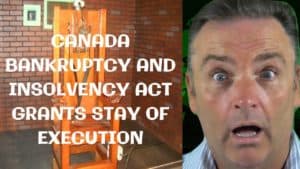
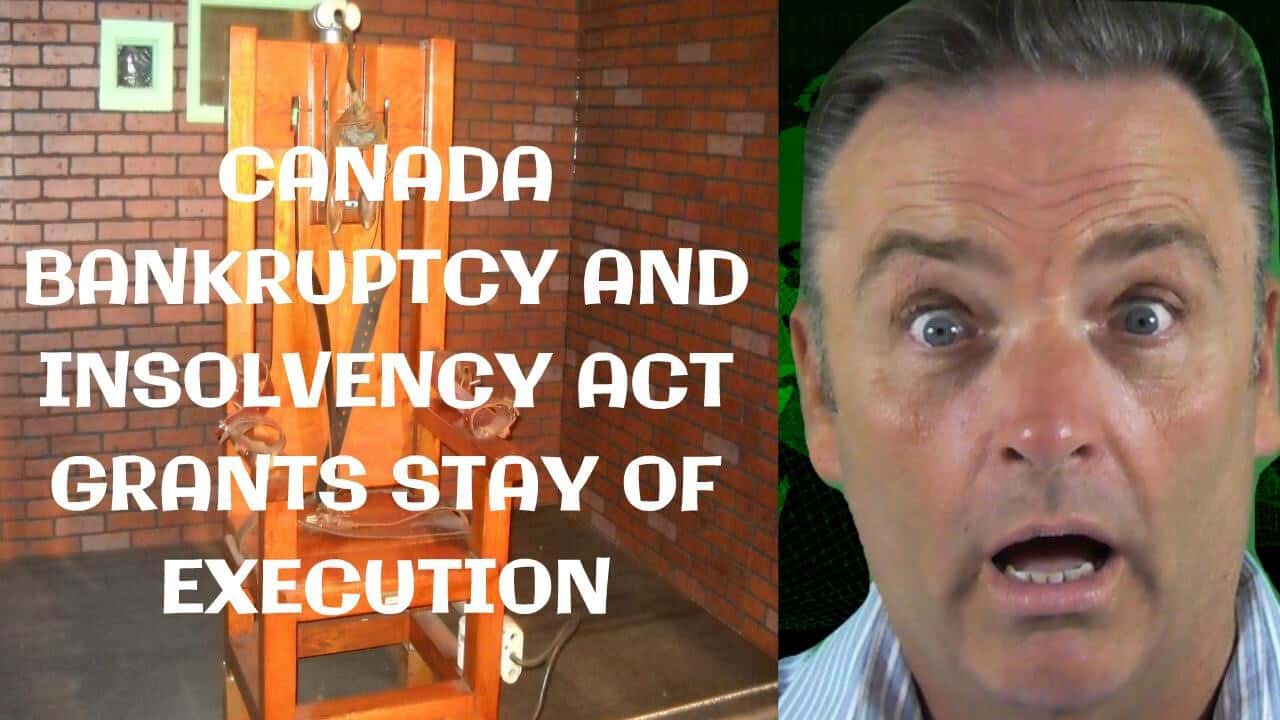 canada bankruptcy and insolvency act
canada bankruptcy and insolvency act


